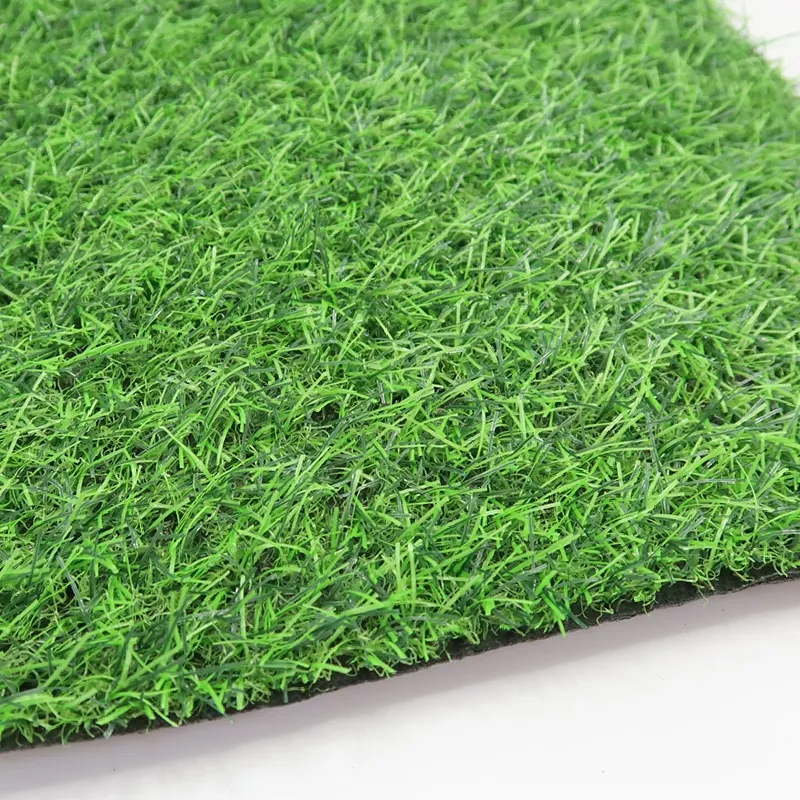
- Afrikaans
- Arabic
- Belarusian
- Bengali
- Czech
- Danish
- Dutch
- English
- Esperanto
- Estonian
- Finnish
- French
- German
- Greek
- Hindi
- Hungarian
- Icelandic
- Indonesian
- irish
- Italian
- Japanese
- kazakh
- Rwandese
- Korean
- Kyrgyz
- Lao
- Latin
- Latvian
- Malay
- Mongolian
- Myanmar
- Norwegian
- Persian
- Polish
- Portuguese
- Romanian
- Russian
- Serbian
- Spanish
- Swedish
- Tagalog
- Tajik
- Thai
- Turkish
- Turkmen
- Ukrainian
- Urdu
- Uighur
- Uzbek
- Vietnamese
soft playground turf
Dec . 12, 2024 11:47 Back to list
The Benefits of Soft Playground Turf
In recent years, there has been a significant shift in how we approach children's play areas. One of the most noteworthy innovations in this field is the introduction of soft playground turf. This modern alternative to traditional surfacing materials offers numerous advantages that cater to safety, sustainability, and aesthetic appeal in playground designs.
Enhancing Safety
The foremost benefit of using soft playground turf is the increased safety it provides for children during playtime. Traditional surfacing options, such as gravel or concrete, can pose serious risks, particularly if a child falls. Soft turf, on the other hand, is designed to absorb impact, significantly reducing the risk of injuries. The material is engineered to provide a cushioned surface that can soften falls and minimize trauma. This is especially crucial in areas with climbing structures and slides, where the chances of falls are higher.
Moreover, soft playground turf is typically made with non-toxic materials, ensuring that it is safe for children to play on. Many manufacturers go a step further by offering turf that is antimicrobial, reducing the risk of infections that can arise from mud or stagnant water often found in natural playgrounds.
Durability and Low Maintenance
Another significant advantage of soft playground turf is its durability. High-quality synthetic turf can withstand heavy foot traffic and extreme weather conditions without degrading. Unlike natural grass, which often requires constant upkeep, soft turf maintains its appearance and integrity with minimal maintenance. There’s no need for mowing, watering, or fertilizing, which not only saves time and resources but also reduces the environmental footprint of maintaining a playground.
Even in harsh weather conditions, soft playground turf remains functional and visually appealing. It dries quickly after rain, preventing muddy patches that can deter play. This consistency ensures that children have a safe and inviting space for play throughout the year.
soft playground turf

Environmental Considerations
As environmental concerns continue to grow, the sustainability of playground surfaces becomes crucial. Soft playground turf is often made from recycled materials, promoting a circular economy. By opting for synthetic turf, communities can reduce the need for chemical fertilizers and pesticides that are harmful to ecosystems and human health.
Furthermore, soft turf can be installed to facilitate better drainage, reducing the likelihood of water pooling and erosion. This not only contributes to a healthier environment but also enhances the longevity of the playground equipment itself.
Aesthetic Appeal
From an aesthetic perspective, soft playground turf can transform a play area into an inviting and attractive space. Available in various colors and styles, it allows for creative designs that can stimulate children's imagination. Playgrounds can be designed to resemble vibrant natural landscapes, encouraging exploration and physical activity.
Conclusion
Soft playground turf stands out as an exceptional choice for contemporary play areas, prioritizing safety, durability, and environmental sustainability. As communities recognize the myriad benefits of this innovative surfacing option, we can expect to see it become a standard feature in playground designs. By investing in quality soft turf, we can create safe, enjoyable, and eco-friendly spaces that foster healthy development and playful learning for our children.
-
The Benefits of Artificial Turf for Indoors
NewsJul.15,2025
-
How Artificial Grass Suppliers Ensure Quality Products
NewsJul.15,2025
-
Artificial Grass and Pets: A Space for Relaxation
NewsJul.08,2025
-
Balcony & Outdoor Decoration with Artificial Grass
NewsJul.08,2025
-
Best Indoor Artificial Grass for Home
NewsJul.07,2025
-
Best Pet Turf for Dogs: Safe & Durable Artificial Grass Options
NewsJul.07,2025
Products categories









